caspertodd
TPF Noob!
- Joined
- Mar 31, 2008
- Messages
- 436
- Reaction score
- 1
- Location
- Murfreesboro, TN
- Can others edit my Photos
- Photos OK to edit
I have finished reading both Understanding Exposure (Bryan Peterson) and The Digital Photography Book (Scott Kelby). I have learned so much through these books, BUT I still have a couple basic questions on metering and focusing though.
Metering:
Do you mainly use spot metering, center weighted or matrix metering? Throughout both books, the authors never really explain this much (unless I just missed it). Mr. Peterson states that Matrix metering is great technology, but is that what you use all the time, or is there specific situations for each one? He also meters off of the sky quite a bit in the book, is that for only when the sky is going to be a part of the picture? If I were to do that, the picture would be severly underexposed. What I have been doing is spot metering off of the subject (unless I were trying to make a silhouette).
Focusing:
Do you use All Points focus, or Single Point focus when using auto focus? That is never explained in either book. When I am trying to pan with my dog running all out to catch a frisbee, it is tough to keep the little center focusing dot on him. Would you use All Points focus in this situation and let the camera do a little bit of the tracking work? Or if I am trying to take a picture of a vulture flying overhead, is it best to just switch to manual, single or all point focus?
I am trying to figure these out by trial and error, and I know they are basic, but I still do not understand. Can anyone shed some light on these, or point me in the right direction for some reading material that might would cover it? Thanks!
Metering:
Do you mainly use spot metering, center weighted or matrix metering? Throughout both books, the authors never really explain this much (unless I just missed it). Mr. Peterson states that Matrix metering is great technology, but is that what you use all the time, or is there specific situations for each one? He also meters off of the sky quite a bit in the book, is that for only when the sky is going to be a part of the picture? If I were to do that, the picture would be severly underexposed. What I have been doing is spot metering off of the subject (unless I were trying to make a silhouette).
Focusing:
Do you use All Points focus, or Single Point focus when using auto focus? That is never explained in either book. When I am trying to pan with my dog running all out to catch a frisbee, it is tough to keep the little center focusing dot on him. Would you use All Points focus in this situation and let the camera do a little bit of the tracking work? Or if I am trying to take a picture of a vulture flying overhead, is it best to just switch to manual, single or all point focus?
I am trying to figure these out by trial and error, and I know they are basic, but I still do not understand. Can anyone shed some light on these, or point me in the right direction for some reading material that might would cover it? Thanks!


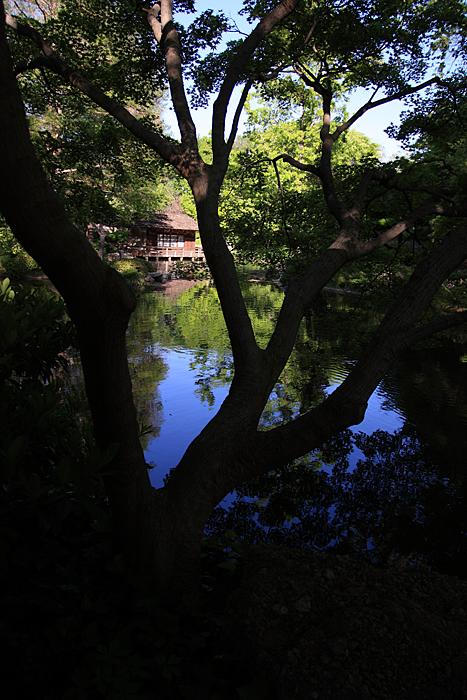

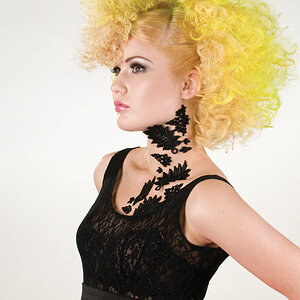
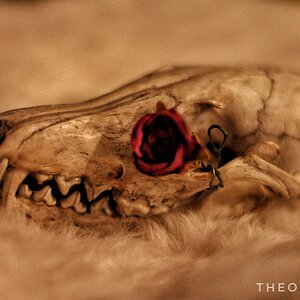
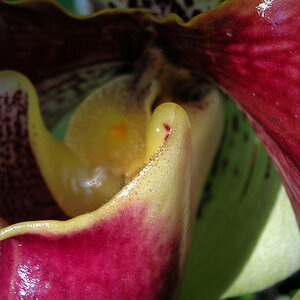


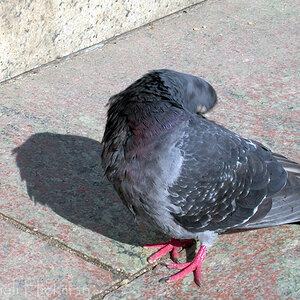
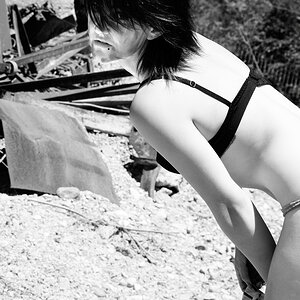
![[No title]](/data/xfmg/thumbnail/36/36401-dfb1077e5917eb47c5acf9c208e7be2a.jpg?1619737552)